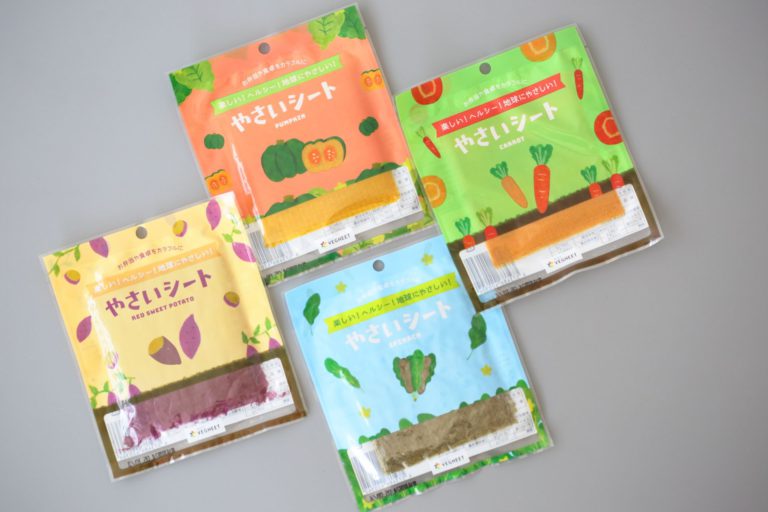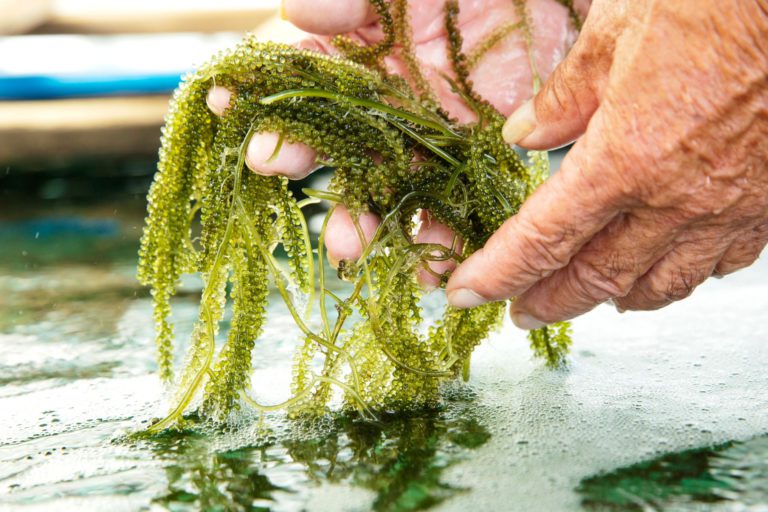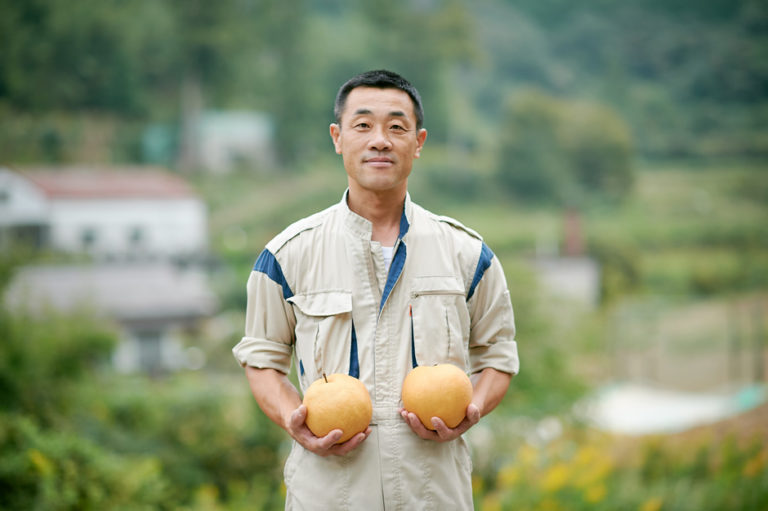The Traditional Southern Japan Vegetable that Grows while Bathed in Sunlight: Black-skinned Pumpkins
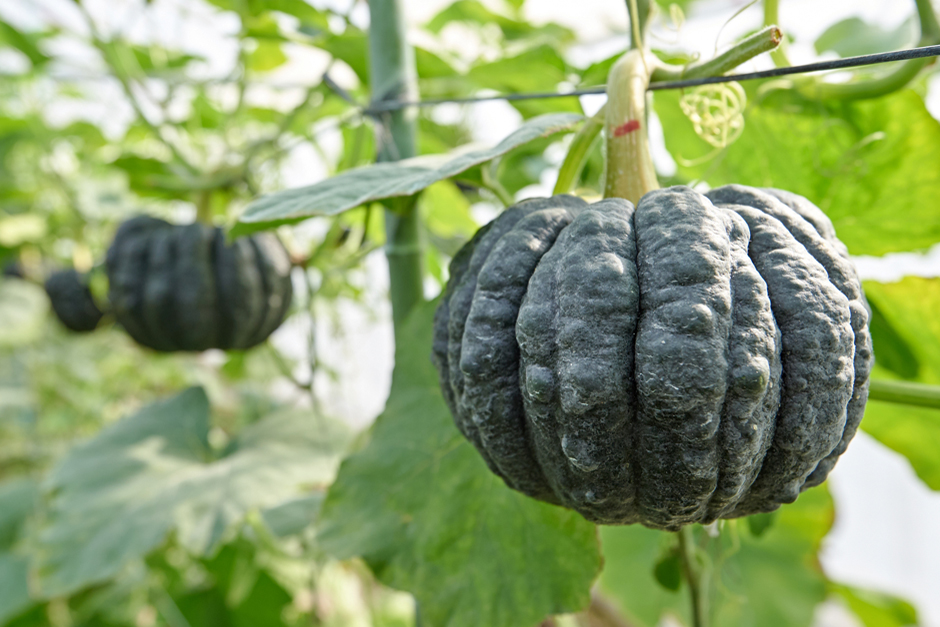
The tradition and skills carried on by ten producers
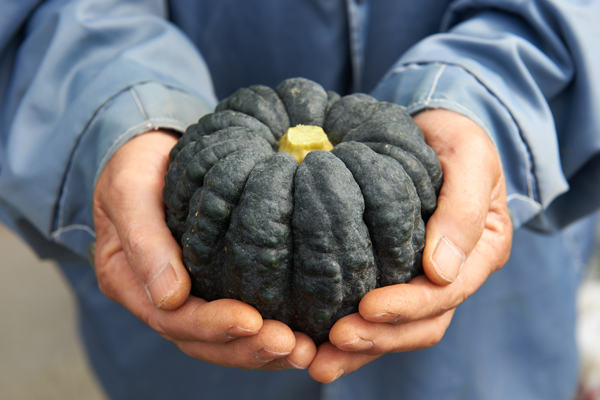
Pumpkin-growing in Miyazaki had been common since ancient times, as the prefecture had many hours of sunlight. It is said that everything began in 1542, when the Portuguese brought pumpkins to Japan. Most pumpkins currently grown in Japan are western varieties, with only a few regions growing Japanese pumpkins. The black-skinned pumpkins are so historical that they are even featured in a local folk song. Now grown by only 25 producers in Miyazaki Prefecture (as of March 2017), with most of them in the town of Kawaminami and the region of Ikime. Of the 25, only 10 producers in the Ikime region (as of March 2017) grow them using a vertical style.
When eating a black-skinned pumpkin, its taste gives you a nice surprise. The western pumpkins we are used to are sweet enough to be used for sweets, and are also crumbly. Meanwhile, black-skinned pumpkins taste light and have a sticky flesh that does not crumble even when simmered. Yet when they enter the mouth, they are surprisingly smooth, and tasty to the skin.
The great thing about black-skinned pumpkins is that they can accommodate any style of cooking, accompany any flavor and can be used in a variety of dishes. Their rough, bumpy skin has clear vertical grooves. Small and round, they look very cute. They have a refined look and taste, with a hint of Japanese modesty.
A puffy white surface is the sign of ripeness
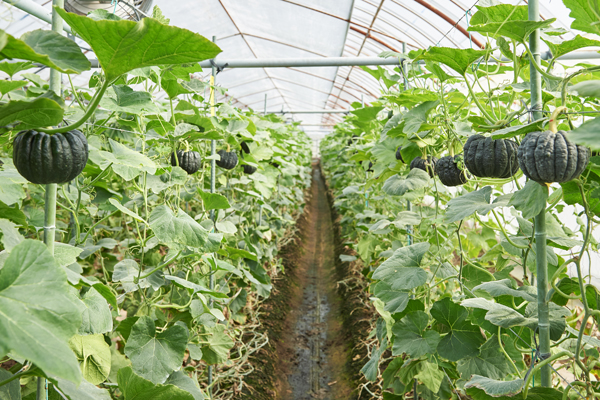
Nobuyuki Tominaga, who has been growing black-skinned pumpkins in Ikime for 20 years, grows them in greenhouses from the winter to spring, making use of Miyazaki’s many sunlight hours even in the winter. The greenhouse, which sometimes goes up to 30 degrees Celsius, is lined with as many as 1,800 vines. We saw the black and perfectly round black-skinned pumpkins all over the vines.
The leaves spread wide towards the sky to take in as much sunlight as possible. Tominaga’s day starts by pollinating male flowers with the pollen from female flowers every morning, when the female flowers open the widest. This is hard work, as it needs to be done individually by hand. The soil Tominaga has spent 20 years fine-tuning is clayey, with a perfect balance of solids, liquids and air. He says that sticky soil allows for the pumpkin vines to take root.
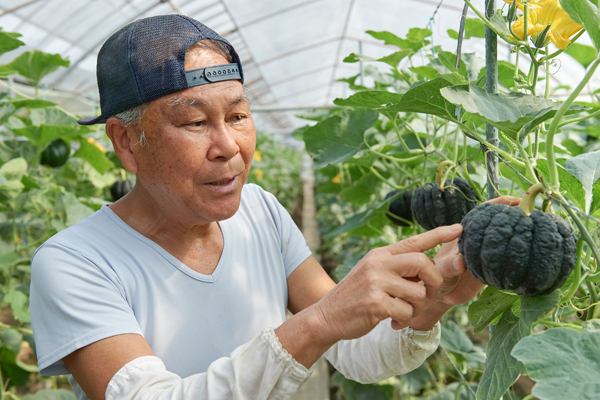
Pumpkins are usually grown horizontally, with their vines on the ground, but these greenhouse black-skinned pumpkins are usually grown vertically, with the vines crawling up poles. This way, the pumpkins can be grown more efficiently and they will also end up looking better.
“We plant the seedlings in October and take care of them to the solstice in December, when we have our first harvest. We harvest six times until June and we get about six pumpkins per season, per plant. There are many hours of sun here in Miyazaki, so the leaves can photosynthesize a lot and produce nutrient-packed black-skinned pumpkins,” says Tominaga.
The most important thing in creating tasty black-skinned pumpkins is to accurately see when to harvest them. The white powder the pumpkins produce to protect themselves, called bloom, indicates how ripe the fruit is. ”
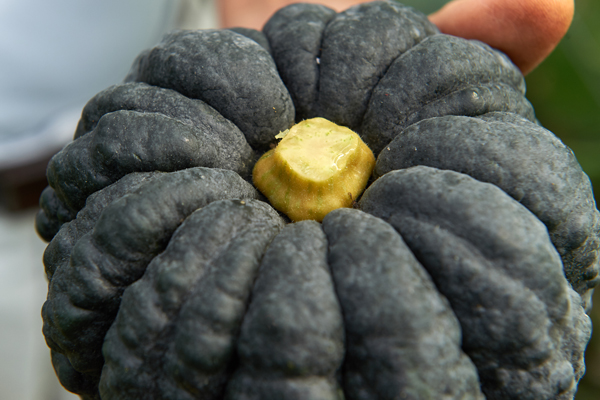
“This is how you can tell when to harvest them. You see the white powder on the skin? When the skin is not completely black, but is slightly white and puffy, it is ripe. Also the stem connecting the vine and the pumpkin has to be yellow. If it is green, it is still too young. Also, ripe pumpkins have a smooth skin. When you deal with them for many years you know when they are ripe just by touching them.”
When we asked Tominaga to pick one for us, water droplets started to ooze out of the cut end. “This is the power of life” says Tominaga, and he is right, this is certain proof that the pumpkin is growing healthily, sucking up moisture from the ground through its vines.
The wish to preserve the traditional local vegetable
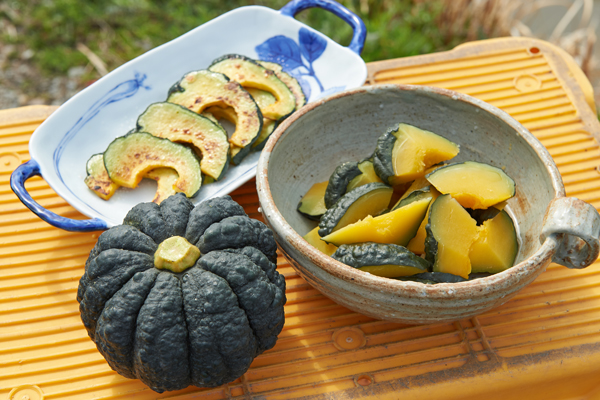
Tominaga’s wife prepared home-made black-skinned pumpkin dishes, one grilled with olive oil and another simmered. When the pumpkin entered our mouths, it tightly holds it shape, but as we bit into it, the fine fruit loosens up like silk. The simple seasoning permeated itself into the flesh, bringing out the pumpkin’s refined sweetness and taste.
Explaining how to enjoy the pumpkins he is so proud of, “the taste of black-skinned pumpkins becomes the most distinct when you simmer them. Bamboo shoots will be in season soon so you can cook the pumpkins with the bamboo shoots too. We also put the pumpkin in miso soup or in oden stews in the winter. It does not crumble and stays intact in the stew,” said Tominaga.
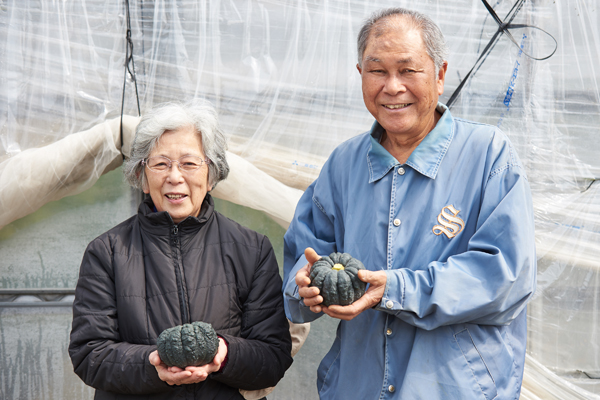
Tominaga was born and raised in Ikime and worked in an office until 20 years ago, when he quit and started growing black-skinned pumpkins. He was driven by the passion to preserve and pass on this traditional vegetable.
“You can only find this pumpkin in Miyazaki. It is hard work because we cannot harvest many, but I want to keep this crop alive. We ship mostly to Kansai but I hope people in Kanto can have a taste of this pumpkin in the future. I put a lot of care and attention in them, and I am happiest when I harvest them,” chuckles Tominaga.
Black-skinned pumpkins, Miyazaki’s pride and tradition. We invite our readers to experience the taste of this pumpkin, one that is completely different from the pumpkins that you are familiar with.
Black-skinned pumpkins, Miyazaki City
Source:Nobuyuki Tominaga, black-skinned pumpkin farmer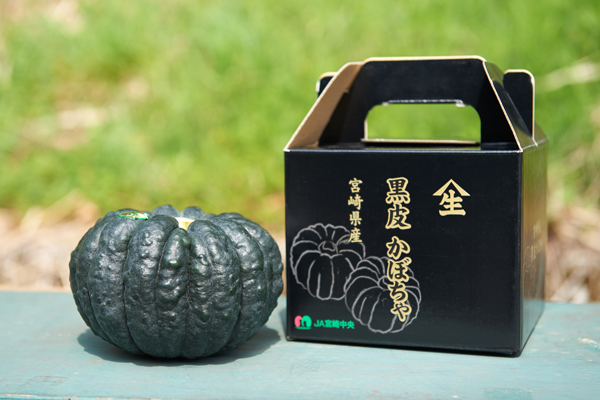
Peak Season
・December to June for greenhouse pumpkins
・October to November for pumpkins grown outdoors
Tips
・Stem connecting the vine and the pumpkin is yellow
・Skin is black, with white powder on the surface
・Skin is smooth and firm
・Is heavier than it looks

